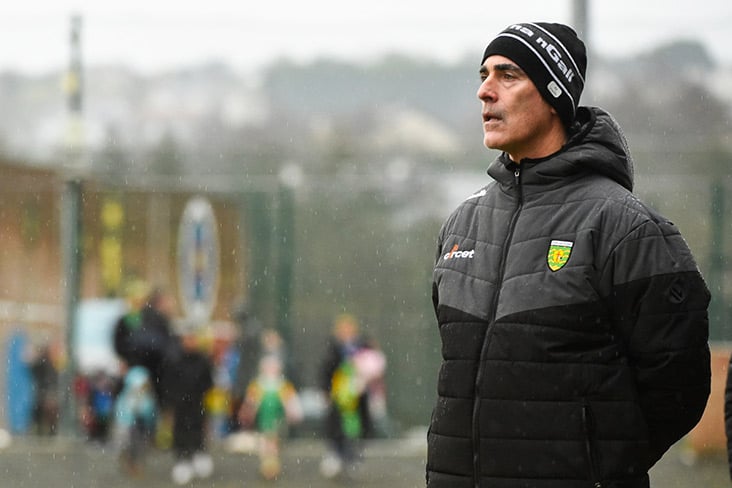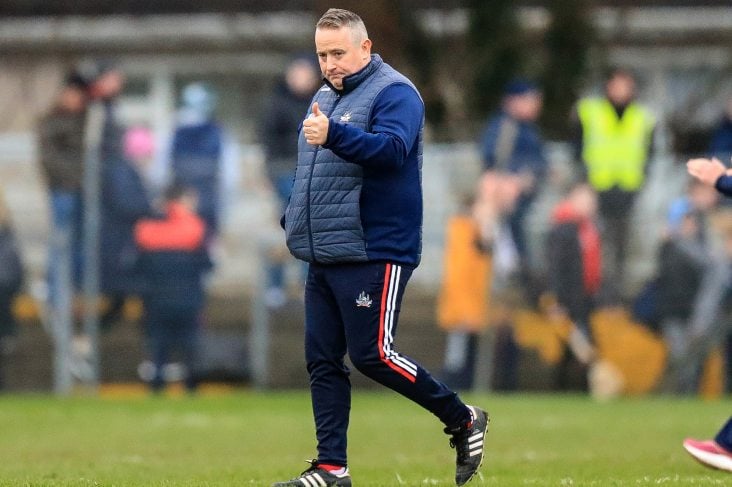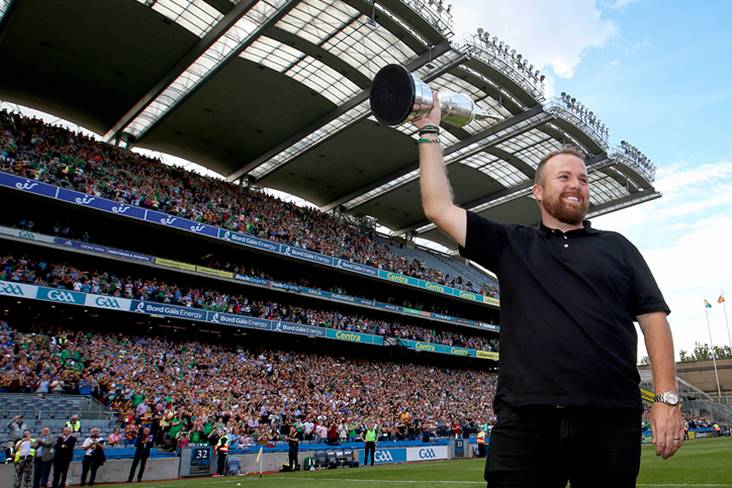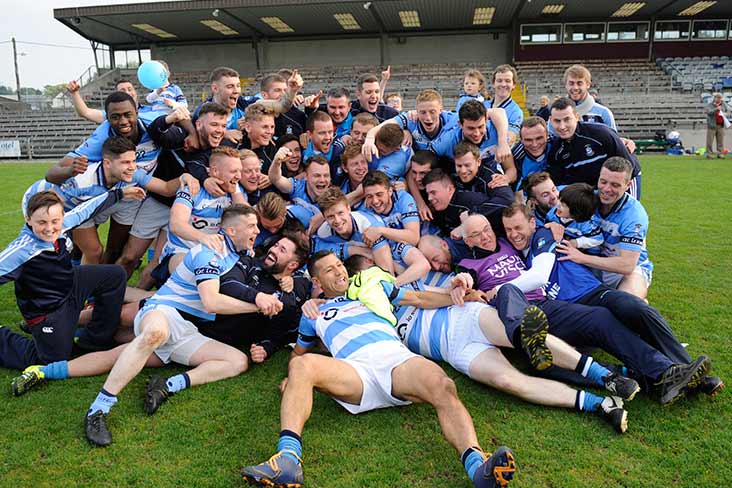Corcoran, Nora
January 27, 2011Honeymount, Dunkerrin 1924 -2010 - An Appreciation
Her recent passing has, among other things, prompted us to remember the many memories and values that Nora has left to us - especially for those of us who were lucky enough to have known her, to have had contact with her, to have had contacted with her, and to have worked with her.
Nora was born on the 19th of August 1924 to James and Mary Corcoran (nee Tierney, Stook) of Honeymount, Dunkerrin in the north east reaches County Tipperary.
Her parents were married in Gortagarry Church on Feb 24th 1919.
After attending Lisduff national school for a short period she then moved to St Cronan's NS in Longfordwood, Clonakenny.
Following this she continued with her secondary education at the Dominican College for girls in Eccles Street, Dublin.
Nora then went on to study at the Munster Institute in Cork where she was awarded a diploma with distinction in Poultry and dairy management.
Her professional career with Binchy's Solicitors Company in Charleville was cut short by the untimely death of her uncle, Vincent Corcoran.
Owing to the premature death of her father in 1929 at the age of 49, Vincent had become the mainstay of running their family farm.
This all happened at a time when Nora and her three sisters were very young.
Nora made the decision then to leave her career and returned home to Honeymount to take over day to day running of their substantial and enterprising farm. This is where she lived out the rest of her most fruitful life until she was called home to God on November 12th last.
In tracing Nora's life we have to realise that she and her sister, Josie, lived with their mother who enjoyed a great longevity of life until she passed away on Nov 9th 1986 at the age 96.
While Josie helped Nora to run their household and farm, Moira left to study physiotherapy in Dublin where she was to eventually become involved with the setting up of the National Rehab Centre in Dun Laoighaire.
Alice, known as Bunty, married Larry Ryan who farmed at Pallas near Borrisleigh and also ran an auctioneering business. These four Corcoran girls remained a united quartet of sisters who kept in close contact throughout their lives.
During the turbulent times of land and other political reforms of the 19th century Ireland, Nora's great grandfather, Timothy Corcoran and his brothers, Michael and Darby, emigrated to Australia in 1841. On the voyage out Timothy met Nora Dwane, the lady who would later become his wife.
They were successful in acquiring farm land and building a hotel in Melbourne. Among others two sons, Thomas and James, were born to this pioneering couple.
Following the Ballrant gold rush of 1848 they sold their properties and returned to Ireland where they bought lands from a Mr Lloyd at Honeymount and other lands at Kilkip, Killea. Thomas was to become Nora's grandfather while Michael was to become grandfather of Micheal Corcoran who lives at Curraduff today.
Thomas married Alice Gleeson from Millbrook, Nenagh in 1870.
From this marriage six boys and two girls were born, one of them being Nora's father - James - born in 1883.
Thomas went on to be elected the first chairman of the newly founded North Tipperary County Council in 1890.
With the sudden death of her father (James) in 1929 life once again brought dramatic changes into the lives of his widow, Mary, and their four very young daughters - Moira, Alice Nora, and Josephine.
Using her keen intellect and the focus of her academic training, Nora set out to continue the progressive work of building and developing their land and farm buildings that was initiated by her father and grandfather.
Thomas had built the fine residence we see today and he also upgraded their farm yard buildings to be on par with the best in the country.
The stonework of these efforts can still be seen to day.
Now the fruits of their great endeavours had come into the careful stewardship of Nora and her sisters.
In the great journey of life she surely understood that they were merely caretakers for the next generation!
The farm at that time and up to our entry into the ECC in 1973 - was a mixed enterprise where dairying, tillage, cattle fattening, and pig breeding were the main commercial activities.
They supplied milk to the Centenary Co Op creamery branch at Montore; Nora ploughed and tilled their fields for crop sowing using the latest Davy Brown model tractor; and many of their bonhams were sold at the Castle Street market that was held on every Thursday in Roscrea.
After the demise of the great cattle fairs in local towns in the late 1950's, their livestock were brought and sold mainly in the marts of Roscrea and Templemore.
During harvest time their neighbours would crowd in to help at the corn cutting and threshing. Great hospitality including good food (sliced ham and bought sliced bread!) and ample supplies of beverages (mainly Guinnss or Perry's porter!) were the order of time - when Tommy and Seanie Murray's threshing mill roared and grunted for up to two days - spilling out straw at one end and pouring grain into large sacks at the other end.
Their farm also boasted the presence of a registered progeny herd of Great York (Large White) pigs that went by the name of the "Ikerrin Herd".
In addition to all this activity Nora still found time to breed a mixture of work and sports class horses using their own sires.
Today the fields of Honeymount reflect the fertility and bountiful produce brought about by the skilful management and good husbandry practices applied by Nora down the years.
She embraced the European project and the advantages of developing her farm business in the common agricultural area. She sought to do this in a way that was not threatening to either neighbour or environment.
What often struck me about their busy endeavours and the hard daily grind of farming life was that these Corcoran ladies were in the vanguard of the so called Women's liberation movement! Nora and her sisters were years ahead of their thinking and approach to the emerging gender issues of the day. Nora had a great 'can do' attitude to the task of living - no problem was too big.
She took on her role with a smile and no nonsense but careful approach to whatever challenges that crossed her path both on and off the farm.
She also impressed me with the way she quickly accepted the emerging new technologies of her day - motor transport, telephone, television, and mechanisation of farm work.
She always retained the graciousness and manners of a lady who benefited greatly from her education and who held a great disposition towards life and her neighbours.
Nora was a modest person who never gave much expression to the unique achievements of her forbears. Yet now we should remind ourselves of how she became an icon of progress and a paradigm of modernity for present and future generations.
One can only surmise and wonder how her life would have been further enriched and made more fruitful had she married one of the many suitors who must have come knocking on her door in the early years of her youth and beauty.
She always dressed well; she worked long hard hours; and she was of sober habits where she was more inclined to stay at home rather that patronise the popular meeting places on the local social scene.
Over the years she employed and accommodated farm staff who attended the many tasks that were esstential to the running of such a varied and busy enterprise.
Pat Quinlan and Martin Bourke are two who come to mind.
Nora and her family took care of these men in their declining years in the same way as if they were family members.
Two other dedicated neighbours (and kind to a fault!) - Mick Kennedy of Summerhill and Jack Treacy of Gurteen - were always on hand to help Nora and Josie during emergencies or critical periods like harvesting, sowing, or getting livestock transported to or from points of sale.
In his final years and suffering from ill health, Jack was cared for by Nora and Josie at Honeymount.
In the early 1960's we saw the first televising live of All-Ireland GAA matches - we would come shyly knocking on her door to be let in too see this wonderful spectacle of live hurling and football on a black and white screen. I would be so thrilled and excited to be in their spacious kitchen where we would be treated to buttered scones with Jam and all washed down with tea or red lemonade! Nora and her mother would chat to us about school and home.
It was only later we came to realise that the first local GAA club to be organised under the new rules adopted at the famous 1884 meeting in Thurles were the "Honeymounts" who played their matches in nearby Hogg's Hill. Today's Moneygall GAA club would owe part of its origins to this sporting initiative.
Nora house was and still stands in the shade of magnificent mature trees of oak, beech, chesnut an ash - all attesting to the forward arboreal planning or earlier generations.
Approaching the house over the long sweeping avenue with its cattle grill and stone piers entrance, the well manicured lawn and novel glass house were part of the vista to first meet the eyes of the visitor.
Here a botanical wonderland of geraniums and tomatoes occupied this greenhouse wonder attached to the main ivy clad house.
Her sister Moira contributed greatly to this project of growth and colour. Her view west towards Crimlin Hill overlooked the early journey of the River Nore ; the Townland of Ballinamoe; and the homestead of her nearest neighbour, the late Jim Treacy.
In a sub-conscious way we came to regard her house and land as the nearest we had to the local "Manor and Estate"!
Within shouting distance of the Offaly and Leinster borders some of their fields lay on the glaciated and gravel filled plain of Dunkerrin.
For many years gravel pit operators supplied the construction industry with sand and gravel from the Corcoran deposits.
In the late 1940's she was on the committee formed to make a retirement presentation to Dennis Keane, the principal of St Cronan's NS, Longfordwood. Later in the 1980's she sat on the Centenary Co-operative Creamery committee.
During the great parish fund raising efforts of the 1970's Nora was instrumental in the successful running of the innovative livestock rearing project.
This helped to restore local churches, build new community centres, and provide resources for the Tidy Villages programme including Dunkerrin, Moneygall, and Barna.
The great tragedy of her life is that her own heredity ends here with her death.
The beauty of her life is that she challenged the norms of society conventions.
She responded great energy and passion in successfully maintaining her family's traditions and livelihood.
In doing so she has inspired many people, especially women, to take control of their won lives and to meet head on whatever set backs may come their way.
She has fought the good fight; her work is done; and she can now rest in her new beginning safe in the knowledge of a job well done and a reward well earned.
As she passes into eternity, we celebrate her loyalty and fidelity to her faith and her church.
In failing health for some time she passed away peacefully on November 12th last and is interred in the New Cemetery, Dunkerrin.
She is survived by her sisters Josephine and Alice; and by her nephews and nieces. Go ndeana Dia trocaire ar a anamh.
Courtesy of the Tipperary Star 27/1/11 Tweet








